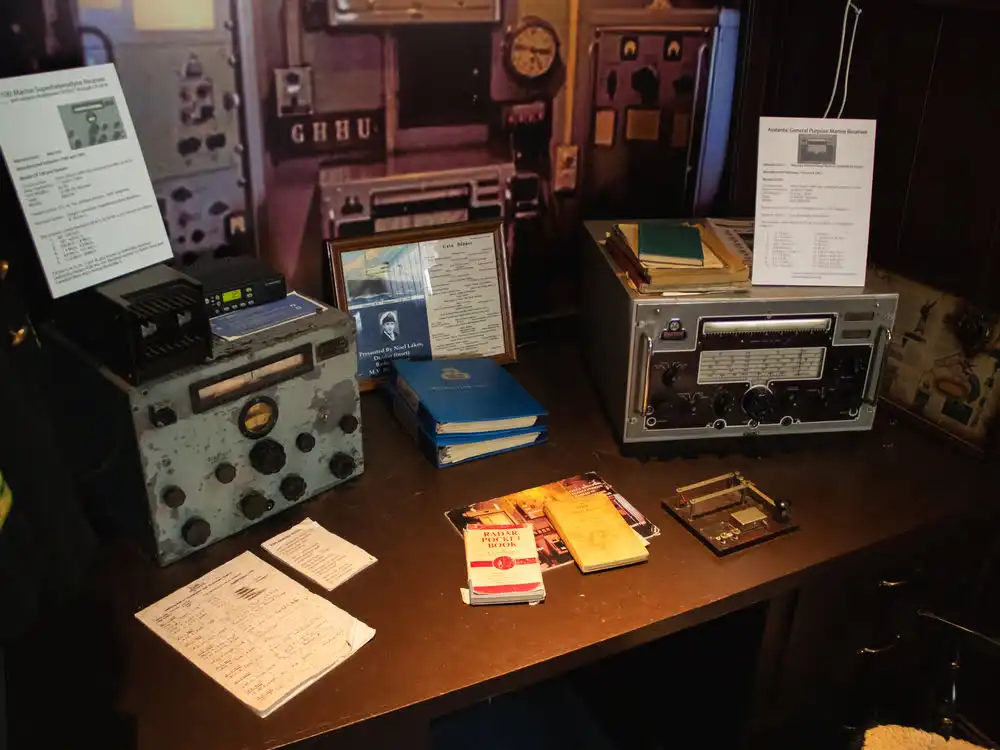
RMS Leinster
On October 10th 1918, RMS ‘LEINSTER’, a passenger and mail steamship of the City of Dublin Steam Packet Company, was on her way from Kingstown (now Dun Laoghaire) to Holyhead. A 6 months old German submarine UB 123 fired 3 torpedoes just before 10 am near Kish bank lightship.
The first torpedo missed and as the second torpedo hit, the captain tried to manoeuvre the ship to return to Kingstown. The third torpedo impact was so severe that the ship was cut in half.
At the latest count, 567 of the 806 passengers and crew perished as a result of the sinking. There were military personnel from Canada, Australia, New Zealand and the USA in addition to many British troops and civilians. A team of Post Office worker sorting the mail en route perished almost entirely.
This wartime maritime disaster caused more deaths than the Easter Rising and must be placed at the top of the list of significant events in Irish history. Its centenary now presents an ideal opportunity to remember the many victims and mark the occasion with a fresh appraisal of the sad story.
Within 10 days after the attack on RMS Leinster, the U boat was lost to a mine with all 36 crew, all in their twenties.
The National Maritime Museum of Ireland in Dun Laoghaire opened a dedicated permanent exhibition in June 2018. An interactive display traces names and background of most of the victims. We also have exhibition boards giving the background to the RMS Leinster and charting its final voyage




